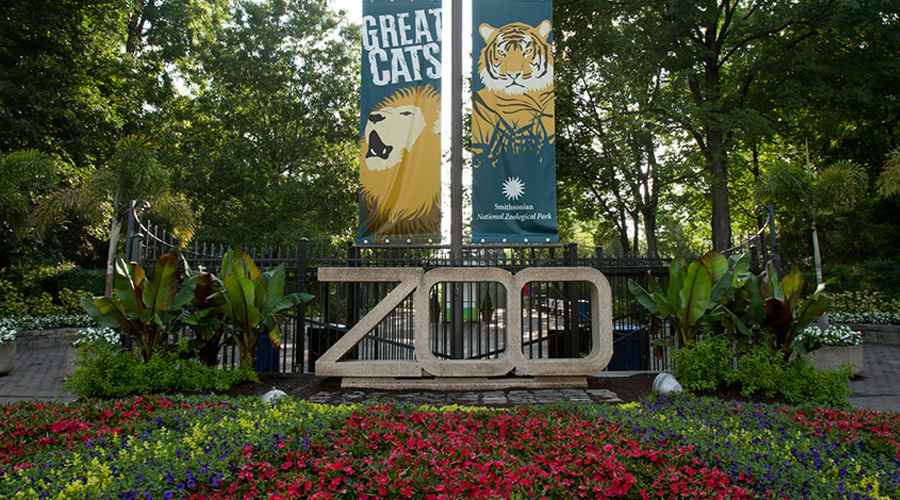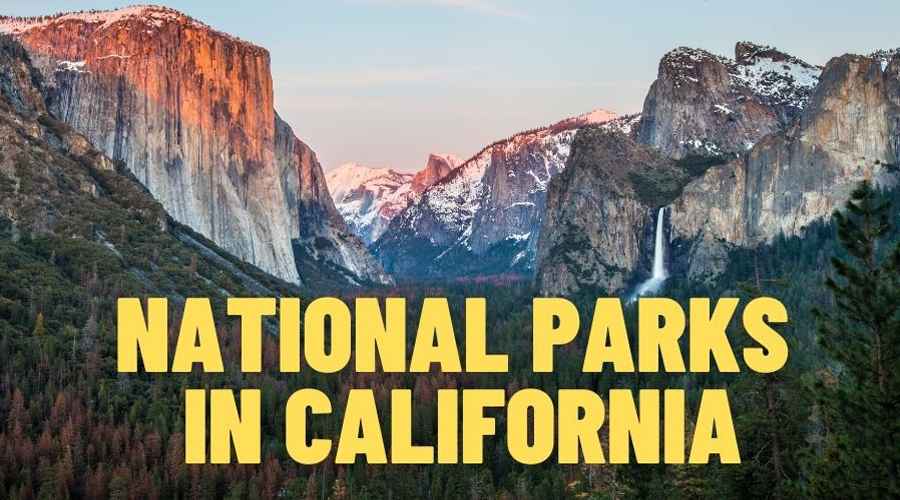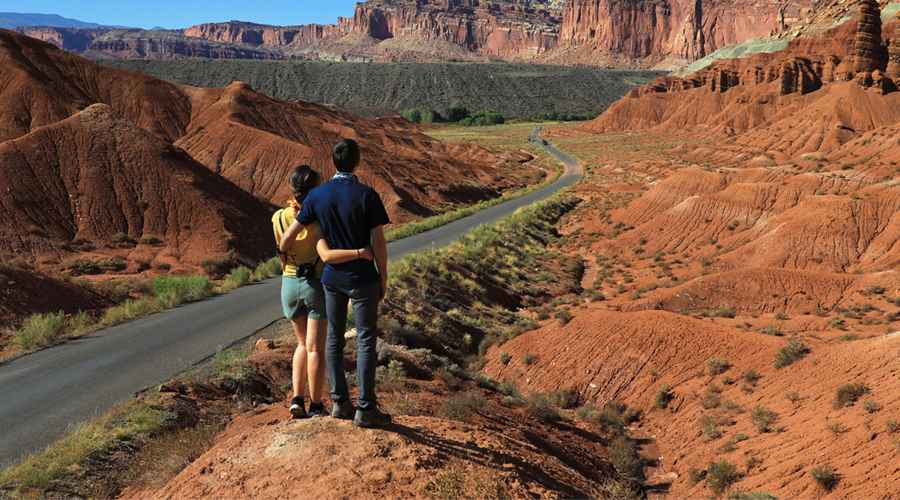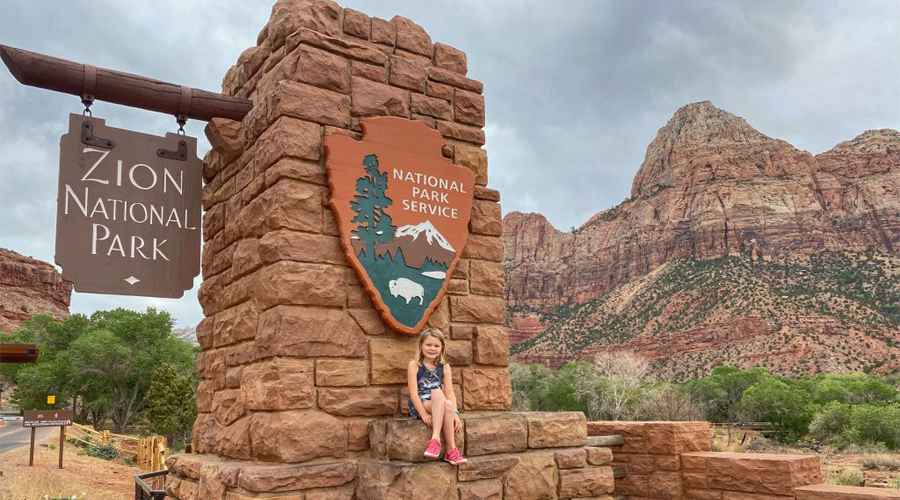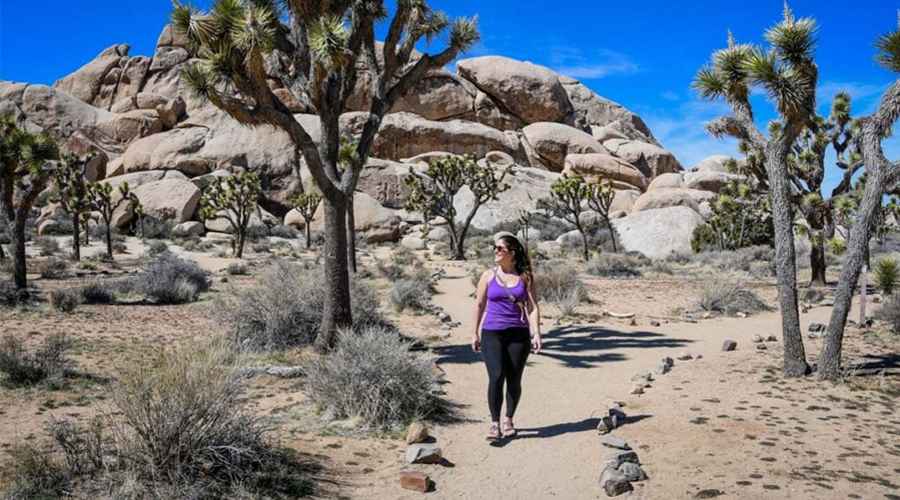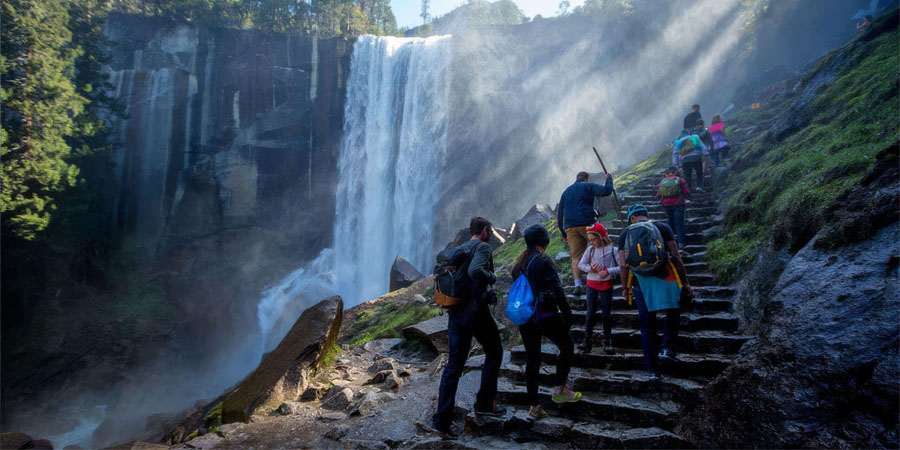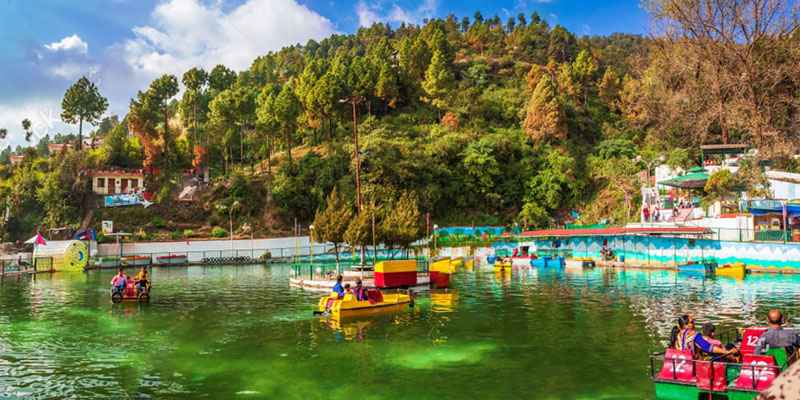Yellowstone National Park is more than just a popular travel destination—it is a living natural wonder that holds a remarkable place in world history and environmental conservation. Established in 1872 as the first national park in the United States and often considered the first national park in the world, Yellowstone has become a symbol of natural preservation, ecological diversity, and raw beauty. Stretching across Wyoming, Montana, and Idaho, it covers nearly 3,500 square miles of wilderness, teeming with geothermal features, expansive forests, towering mountains, vast canyons, and some of the most fascinating wildlife in North America.
A Land of Geothermal Marvels
What makes Yellowstone unique is its extraordinary geothermal landscape. The park rests atop a supervolcano, one of the largest active volcanic systems on Earth. As a result, the land is dotted with geysers, hot springs, fumaroles, and mud pots that mesmerize visitors year-round. The geysers of Yellowstone are iconic; among them, Old Faithful stands out as a legendary attraction. True to its name, Old Faithful erupts with remarkable regularity, shooting boiling water up to 180 feet into the air roughly every 90 minutes.
Beyond Old Faithful, colorful hot springs such as the Grand Prismatic Spring leave visitors in awe. Its striking rings of blue, green, and orange are the result of heat-loving bacteria that thrive along the water’s edges. The steaming landscape not only intrigues geologists but also symbolizes Yellowstone’s otherworldly character. From Norris Geyser Basin to Mammoth Hot Springs, these geothermal wonders make Yellowstone unlike any other national park in the world.
Geological Grandeur and Scenic Beauty
While its geysers often steal the spotlight, Yellowstone’s scenic diversity is equally breathtaking. The park features impressive canyons carved by time and water, such as the famous Grand Canyon of the Yellowstone. Here, the Yellowstone River cascades down in two impressive waterfalls—Upper Falls and Lower Falls—plummeting into a vividly colored canyon of red, yellow, and orange rock layers.
Vast lakes and rivers enhance the park’s beauty and appeal. Yellowstone Lake, one of the largest high-elevation lakes in North America, stretches across more than 130 square miles. Its crystal-blue waters reflect nearby snow-capped peaks, creating postcard-perfect views. The Yellowstone River, with its un-dammed course, weaves through valleys and forests, providing rich habitats for wildlife and a lifeline for local ecosystems.
Whether it is the towering Lamar Valley, often called “America’s Serengeti” for its concentration of animals, or the mountain ranges that pierce the skyline, Yellowstone’s landscapes captivate visitors in every season.
Wildlife Wonders
Yellowstone is a sanctuary for diverse and sometimes rare wildlife. The park is home to one of the largest concentrations of mammals in the continental United States, making it a paradise for animal lovers. Bison, the symbol of the American West, roam freely through valleys and plains, often causing traffic jams known as “bison jams.” Interestingly, Yellowstone protects the only continuous herd of wild bison in the U.S.
Wolves are another highlight of Yellowstone’s ecosystem. Reintroduced in 1995 after a 70-year absence, they have restored balance to the park’s wildlife populations by controlling elk numbers, which in turn rejuvenated vegetation growth and reshaped the food chain. Visitors often flock to the Lamar Valley at dawn or dusk to catch a glimpse of these elusive predators.
Grizzly bears, black bears, moose, elk, pronghorn, and mountain lions also thrive within Yellowstone’s borders. Bird enthusiasts have much to look forward to, with over 300 bird species including bald eagles, osprey, and trumpeter swans. The park’s wildlife encounters remind visitors of nature’s raw, untamed force and the importance of conservation.
Human History and Cultural Significance
Though Yellowstone is primarily known for its natural wonders, its human history is equally compelling. Indigenous peoples inhabited this land for thousands of years, long before it became a national park. The Crow, Shoshone, Bannock, and other Native American tribes lived, hunted, and built cultural traditions connected to Yellowstone’s landscapes and geothermal features. Oral histories show that the hot springs and geysers carried spiritual significance among these communities.
In the modern era, Yellowstone became a pioneer in the conservation movement. When it was established in 1872, it was the first time any government had reserved such a vast area of wilderness for protection and public enjoyment, rather than development or resource extraction. This groundbreaking decision paved the way for the global national park movement, extending Yellowstone’s legacy beyond American borders. Today, UNESCO recognizes Yellowstone as a World Heritage Site, a treasure for all humanity.
Adventure and Recreation
Yellowstone attracts millions of visitors annually, offering adventure and outdoor activities throughout the year. Hiking trails span over 900 miles, ranging from short boardwalk walks around hot springs to challenging backcountry treks in remote wilderness. Popular hikes include Uncle Tom’s Trail for viewing the Yellowstone Falls, the Fairy Falls trail to glimpse the Grand Prismatic Spring, and Mount Washburn for panoramic vistas.
Fishing enthusiasts can cast a line in the park’s rivers and lakes, particularly the Yellowstone River, famous for cutthroat trout. Kayaking, wildlife watching, camping, and photography are other favorite pastimes for nature lovers. During winter, Yellowstone transforms into a snowy paradise where visitors can enjoy cross-country skiing, snowshoeing, snowmobiling, and guided tours to see the geysers amidst frosty landscapes.
Whether in summer’s warmth or winter’s stillness, Yellowstone provides thrills and solitude for travelers seeking a genuine connection with nature.
Conservation Challenges
While Yellowstone’s preservation has been a success story, challenges remain. Managing human impact, balancing wildlife protection, and dealing with climate change are ongoing issues. Increased tourism places pressure on roads, trails, and ecosystems. Wildlife management requires careful attention, especially with animals like bison and wolves that sometimes clash with human populations outside the park boundaries.
Additionally, scientists study Yellowstone’s volcanic system, which remains active beneath the surface. Though a massive eruption is highly unlikely in the immediate future, it is a reminder of the geological dynamism underlying the park. Continued conservation efforts ensure that Yellowstone’s delicate balance of geology, ecology, and human presence is maintained.
A Timeless Symbol of Nature
Yellowstone National Park is not merely a place to visit; it is an experience of nature’s power and beauty at its purest. From erupting geysers and rainbow-colored springs to roaming wildlife and majestic mountains, every corner of the park tells a story of Earth’s evolution and resilience. More than a century after its establishment, Yellowstone continues to inspire scientists, travelers, and conservationists alike.
In the end, Yellowstone is more than America’s first national park—it is a timeless sanctuary reminding humanity of its responsibility to cherish and protect the natural world. As millions of visitors step into its boundaries each year, they walk not only into a world of wonder but also into a legacy that belongs to the past, present, and future generations.


